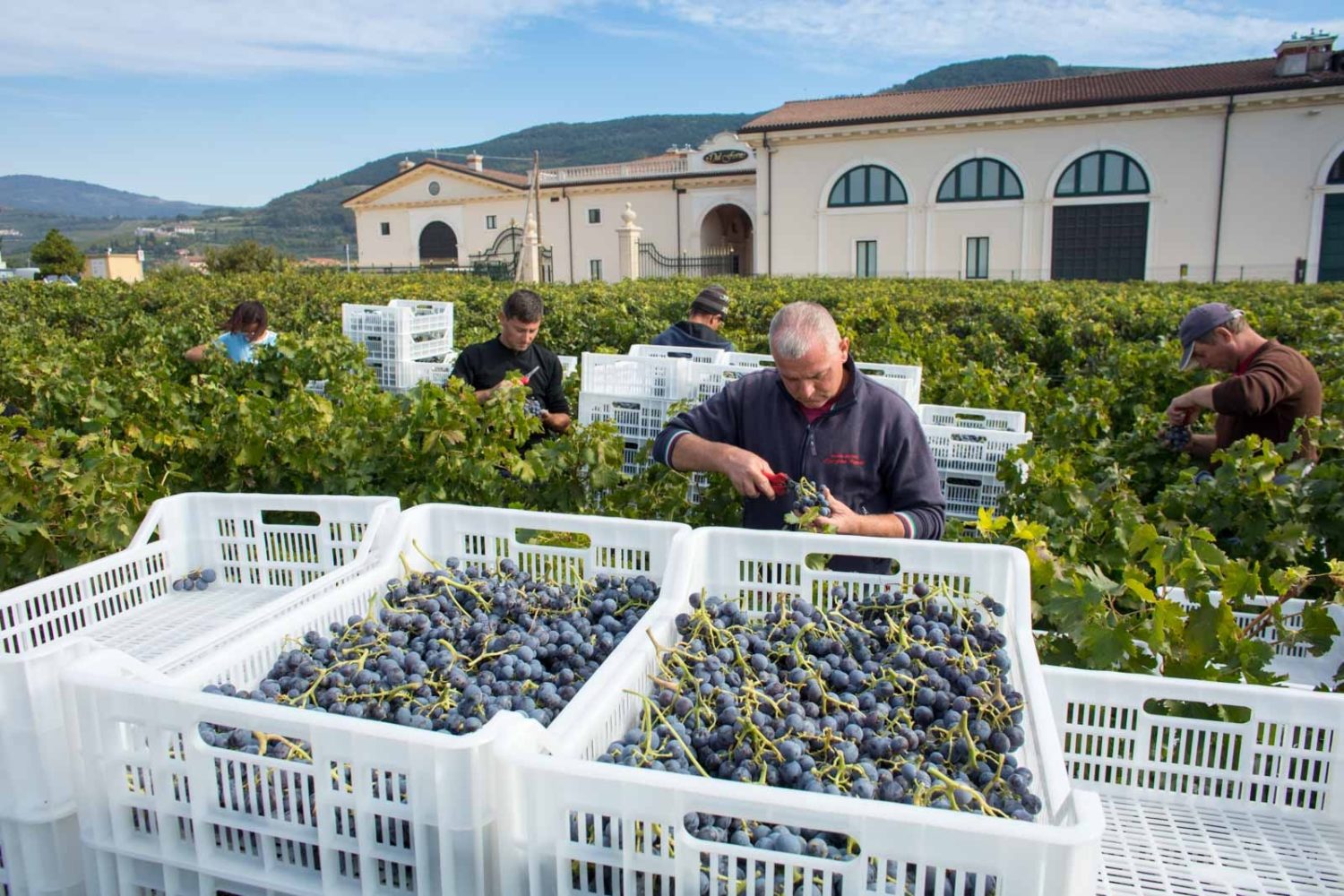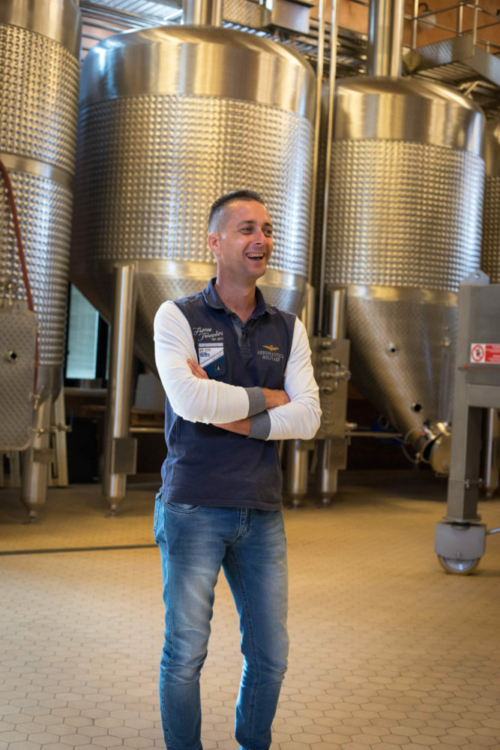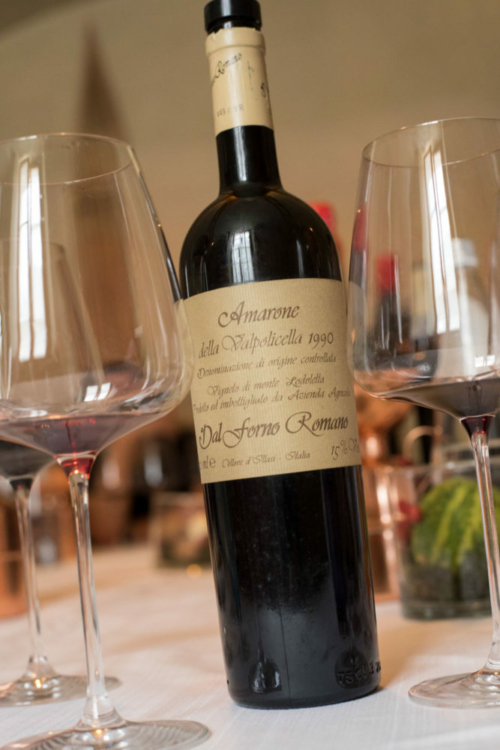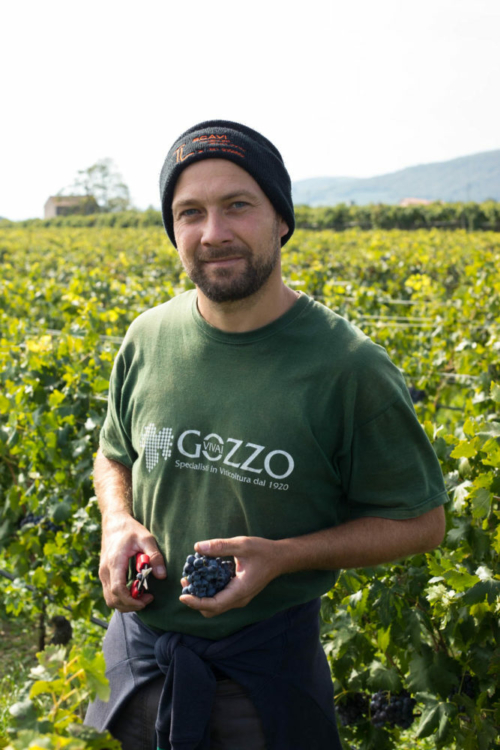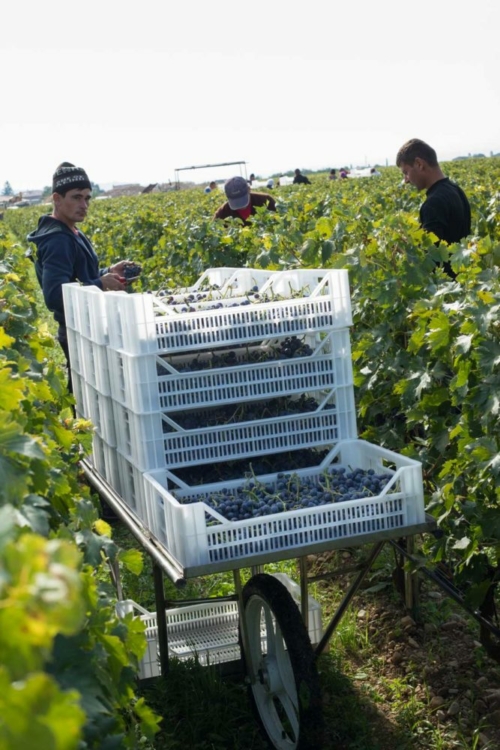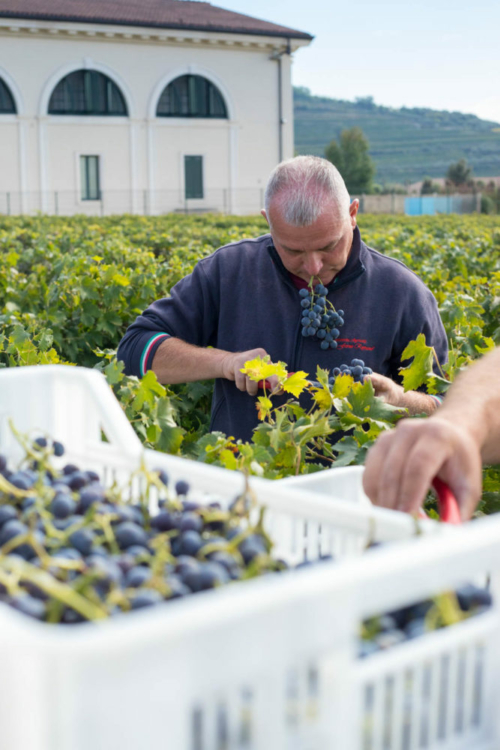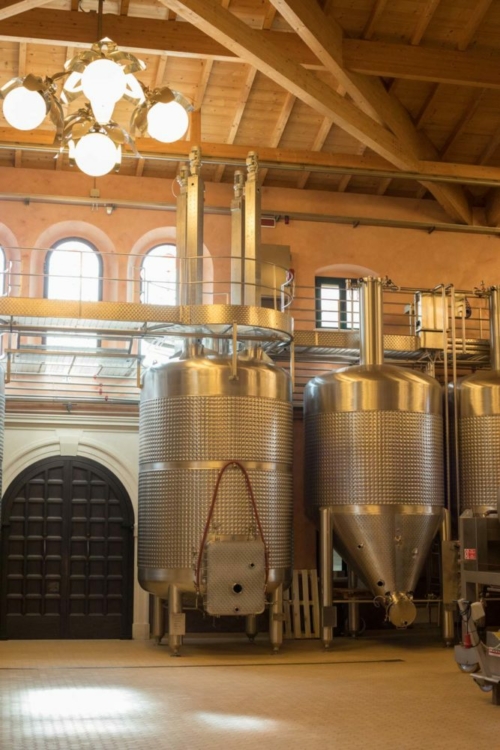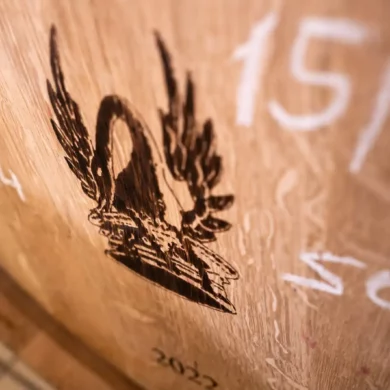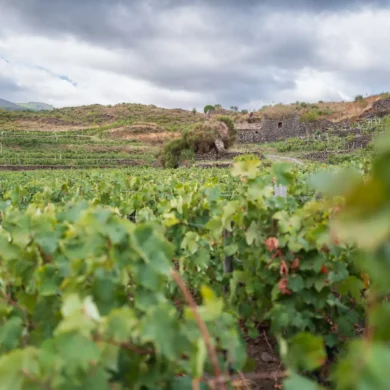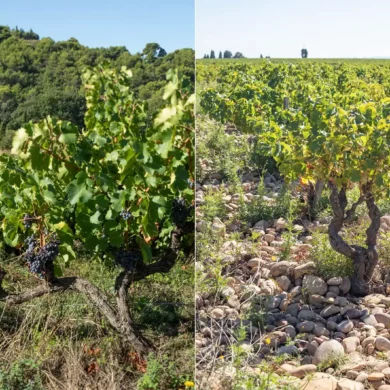Are these wines too perfect?” I couldn’t help asking myself this question as I sat with the remains of lunch and a single sip of Dal Forno Romano’s 1996 Amarone della Valpolicella in my glass.
The magnum of this wine — along with a 3L bottle of both the 1990 and the 2009 vintages — stood tall on the table, staring at me with their iconic beige labels decked in script font. Michele Dal Forno — the son of the winery’s founder, Romano Dal Forno, and an integral part of the winemaking team — stood up, delicately lifted the 1996 by the neck and examined how much was left. “I told my father I would save some for him,” he said resolutely. Between the thirsty journos and somms at the table, there was just enough for Romano to check in on his baby.
The Swagger of the Estate
I had come to Veneto as part of a Wilson Daniels press tour of their Veneto and Friuli-Venezia Giulia producers. How could I say no? We were visiting Bisol and their Venetian lagoon vineyard, Venissa, as well as Maeli, Villa Russiz, Buglioni and of course, the most famous of all, Dal Forno Romano. This Valpolicella estate swaggers in many people’s standings of “Italy’s Greatest Winery,” often spoken of in the same, superlative-laden sentences as Gaja, Giacomo Conterno, Biondi-Santi and Giuseppe Quintarelli.
When we arrived at the Valpolicella Orientale winery, harvest was underway in the estate vineyard. Watching the careful process served as an appropriate introduction to Dal Forno Romano’s unique brand of OCD. A crew of harvesters selected the finest bunches, individually snipped away any subpar berries, then gently rested them in small crates as though they were putting away Christmas ornaments for the season. (See the video below for the whole process).
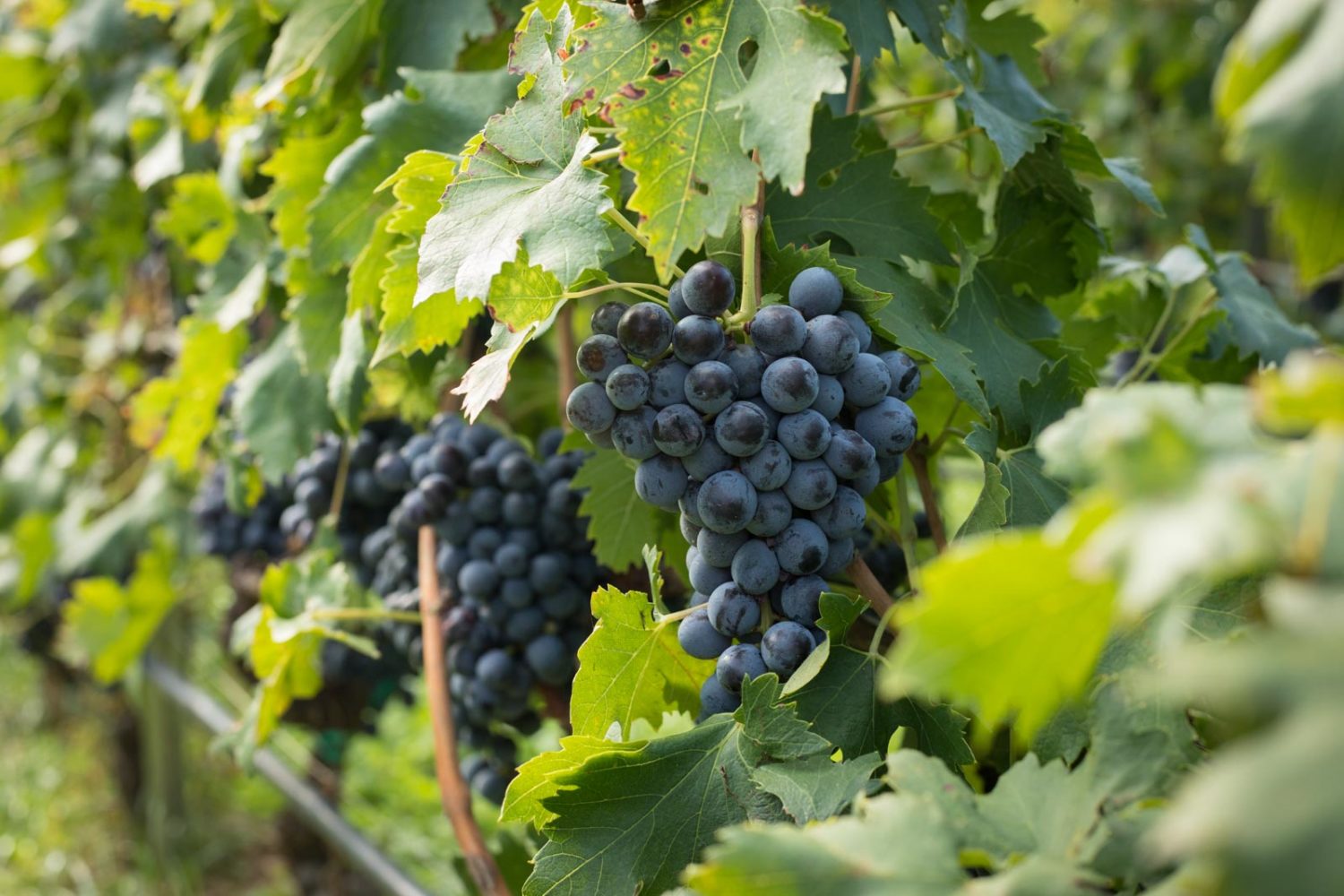
This being Valpolicella, land of Amarone, the tour proceeded next to the fruttai, where the grapes undergo appassimento before they are pressed and fermented. I hesitate to even use such a rustic word as fruttai, which has its roots in the vineyard-side lofts where grapes were traditionally laid out on straw mats for months at a time to concentrate the grapes’ sugar before pressing and fermentation. At Dal Forno Romano, appassimento looks like science fiction. Small crates of already harvested grapes are stacked and aligned in rows, then delicately dried by automated fans that are programmed to move among the rows like robotic librarians.
Finally, we moved into the winery, where Michele proudly showed us the massive stainless-steel tanks they custom-designed for their operation. Pistons inside the tanks gently move the juice and even turn the cap of pomace to extract just the right amount of character. After 24 months in barrel, the wine is bottled under vacuum pressure to avoid oxidation, then they are stored for 36 months before release.
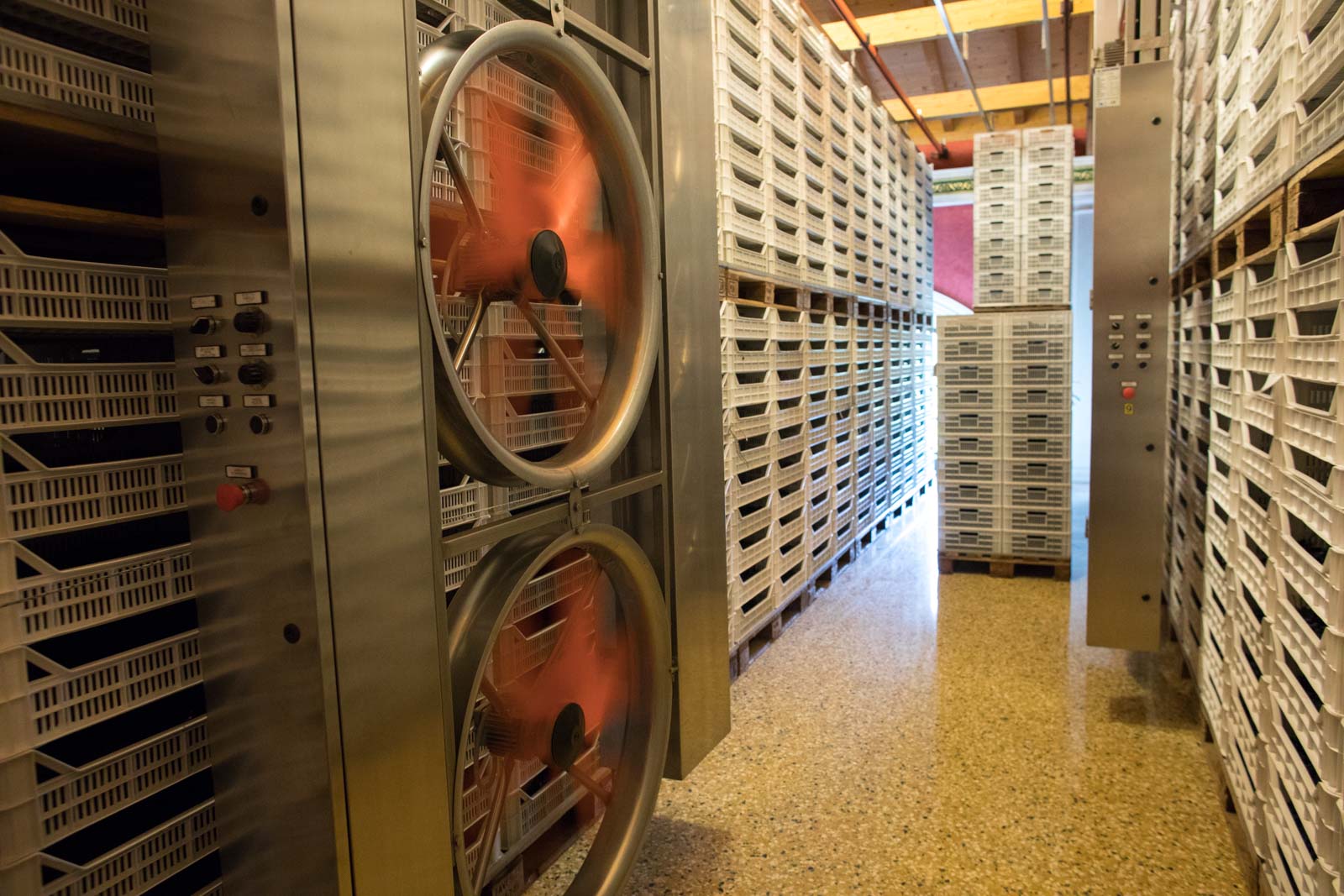
A Relentless Pursuit
All of this madcap ingenuity serves a purpose: to create perfection. As I tasted the wines later, I couldn’t separate what I saw from what I was tasting. These wines were distinctly different in that they were, for the most part, without deviation. Each wine showed an elegance that was fierce yet calm, like a cat about to strike. The fruit tones were precise, exuding tightly packed tones of cherries, prune and plum. Tertiary notes revealed slate and smoke, and as we stepped back in time to 1996 and 1990, they grew more savory. The tannins were finely woven into the fabric of the wine. No stray threads could lead me to my own conclusion.
Did the wines taste perfect because of what I saw, or were they really flawless? And if so, was I enjoying them? Like great films and superb compositions of music, you can admire a wine’s greatness without actually enjoying it. That appeared to be happening here because the wine writer in me couldn’t stop thinking. So then was this a vino da meditazione? Round and round I went.
I preferred the 1990 vintage because, of all of them, it strayed from the script. There were earthy tones and the tannins were kinder with age. But I was told by a surprised Michele that this could not be the best wine at the table. Something about it disappointed him. Perhaps a stray thread that seemed out of place. He had his reasons, but I had mine. It was the wine that had a sense of joy to it. The one that invited me to draw my own conclusion.
It was here that it hit me: the wines I have always loved left room for nature’s improvisation. It is their magic. Their soul. They have unanswered questions because nature is unruly.
Dal Forno Romano’s wines have a soul, but there is no mistaking whose soul it is: the Dal Forno family and their relentless perfectionism.
Video of the Dal Forno Romano Winery
Photo Essay
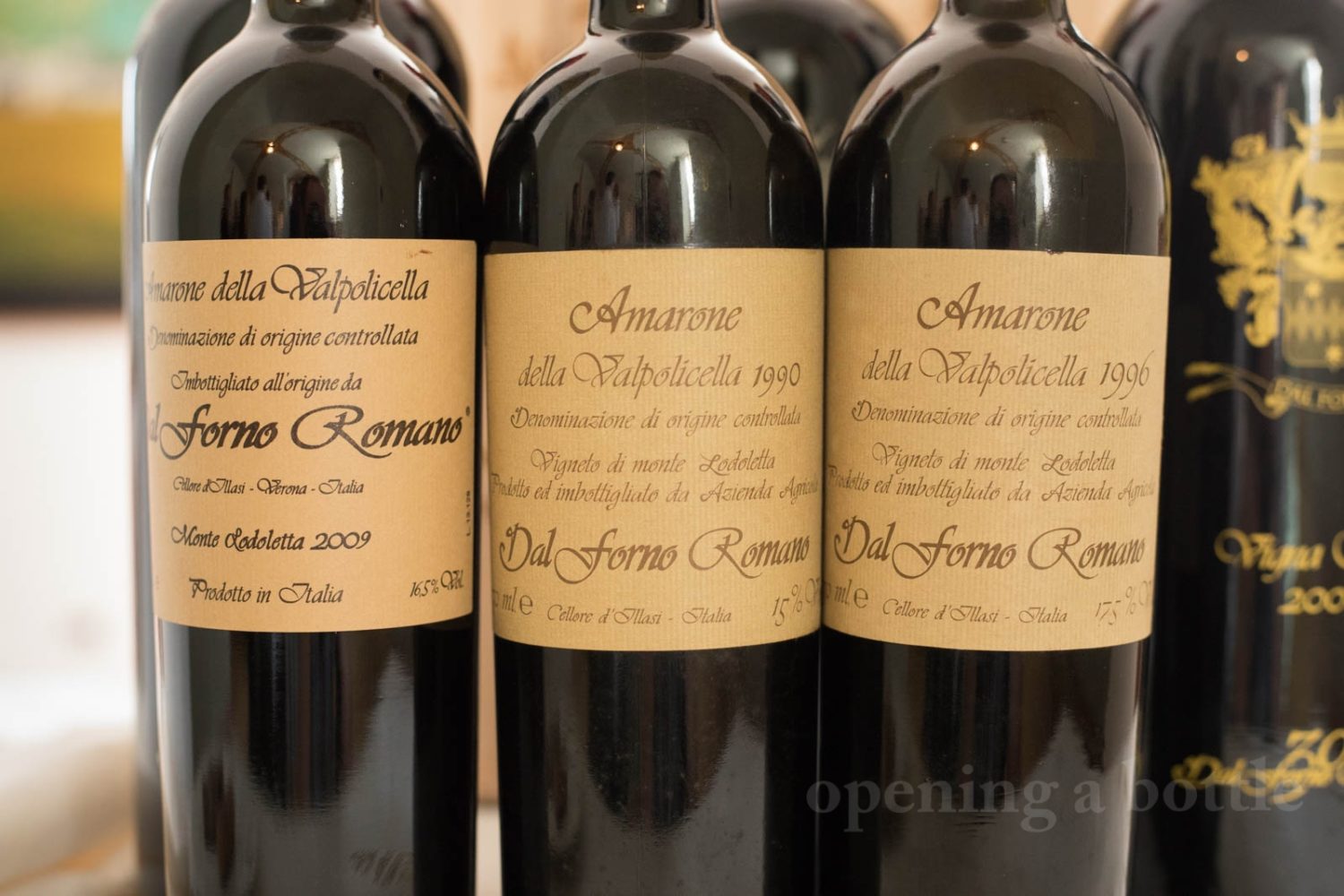
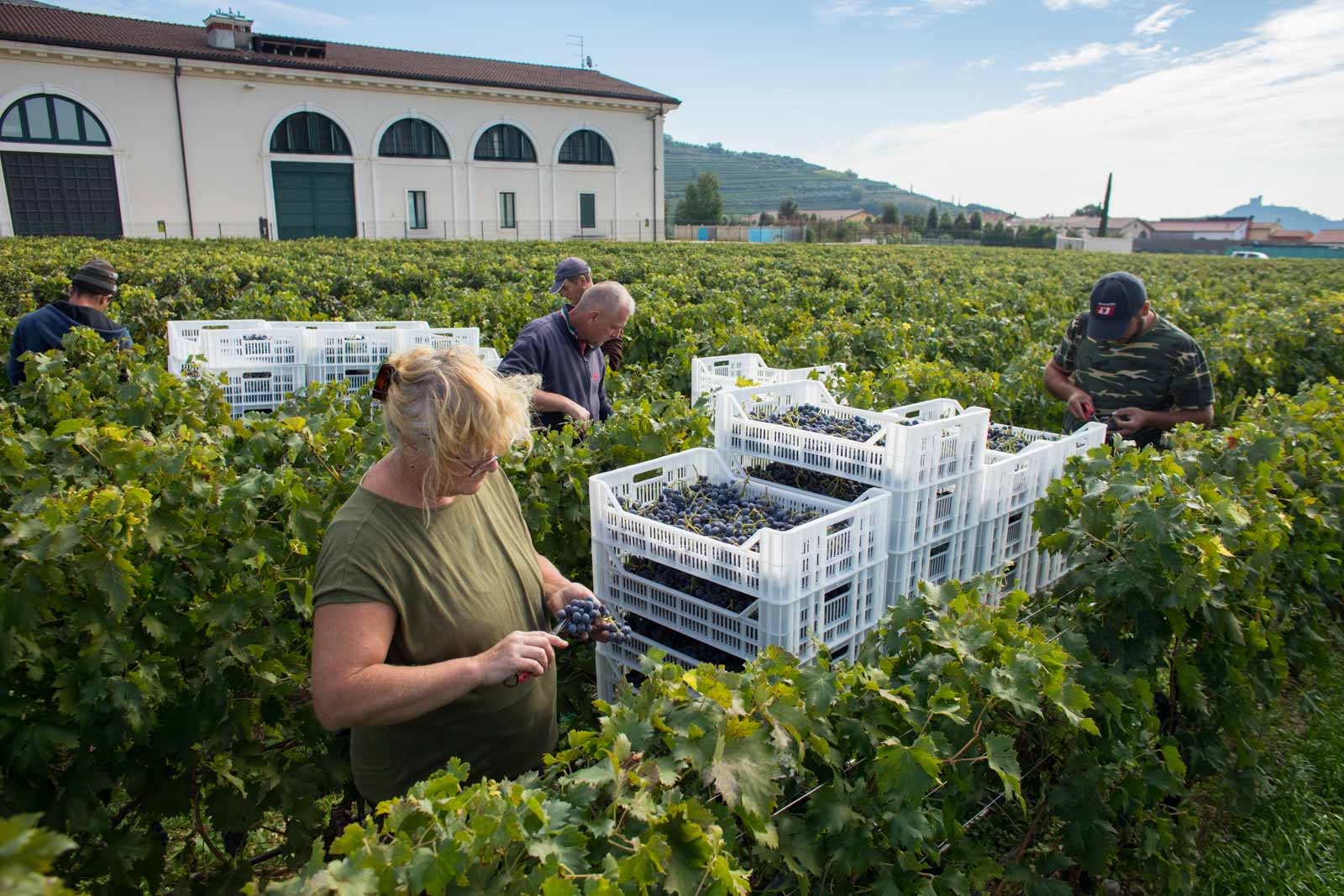
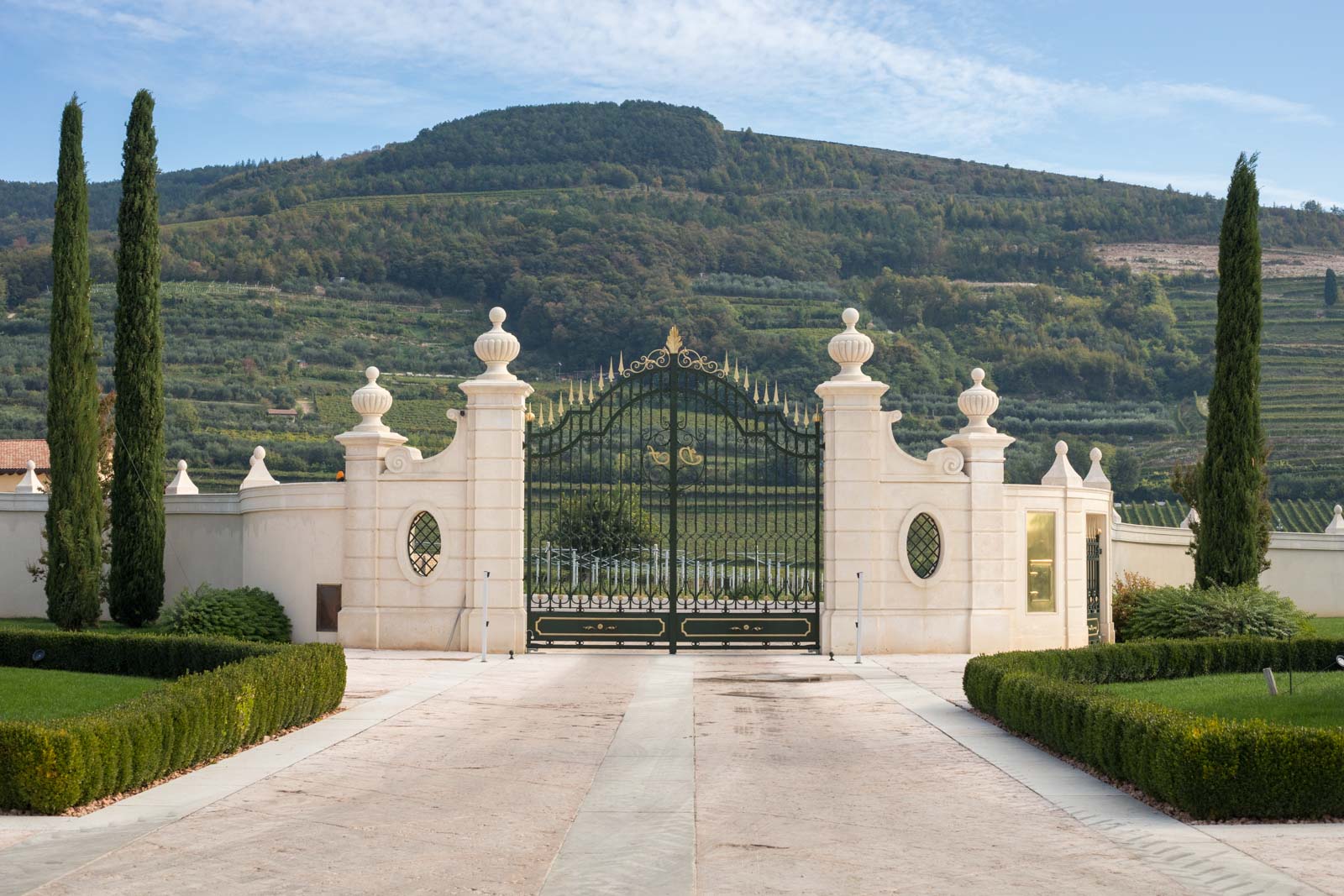
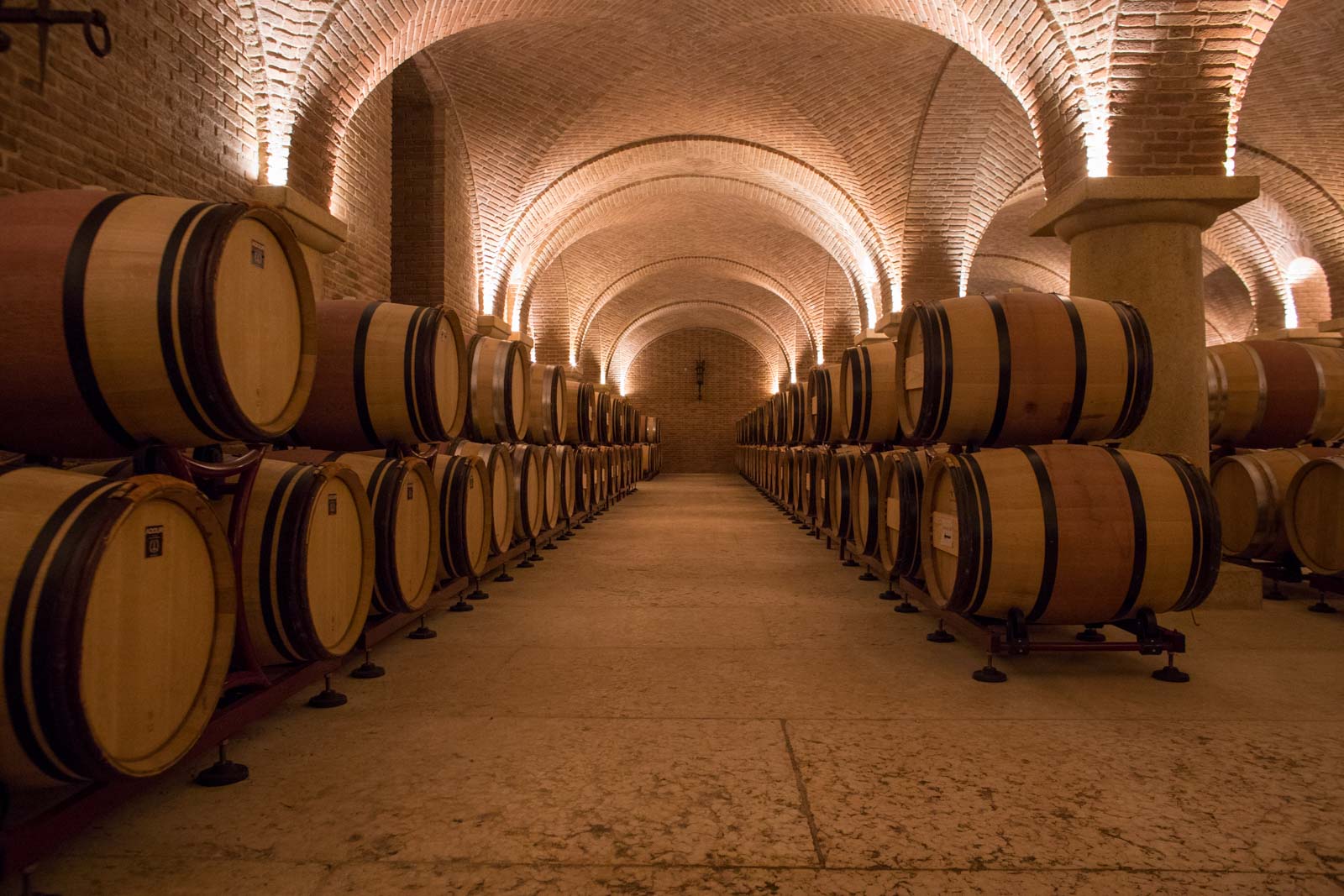
Note: This article was made possible by a press trip hosted by the American importer Wilson Daniels. Learn more about our editorial policy.

